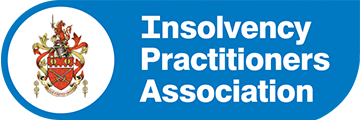The average amount of debt held by individual households across Scotland has increased by as much as 65 per cent since 2008, according to a new report looking at the state of the nation’s financial wellbeing over the past decade.
In 2008, the debt level of a typical Scottish household apparently stood at £2,200 but had risen to a level of £4,000 per household by the early weeks of 2016.
The research and report were compiled by the Scotland Institute, with its other findings suggesting that every income group in Scotland saw a decline in their real incomes between 2008 and 2012.
Families with children apparently saw the sharpest fall in the value of their incomes during that period, with those who were already deemed poor also those who saw the most significant rise in the percentage of their outgoings that went towards essential costs of living.
According to the Scotland Institute’s figures, while there has been something of a recovery for Scottish households in terms of their annual income levels since 2012, this change in real terms has been “marginal” and has “failed to keep pace with inflation”.
“Not surprisingly this prolonged squeeze on household incomes has been matched by a steady build up of household debt,” the report said.
“In 2006, median household debt in Scotland was £2,200, even in 2010 it was only £2,300 but in 2012 it reached £3,500.”
As many as 52 per cent of the people polled across Scotland for the report said that they consider their personal debts to be a burden.
The Scotland Institute’s report also suggests that much of the debt burdens that Scottish households currently carry relates to “the regular costs of living” and not so much to the costs associated with housing as is more commonly the case in other parts of the UK.
“As with the rest of the UK, Scottish households have become more burdened with debt as a result of falling real wages,” the report said.
“For many in Scotland, debt has become normal, being used not just for long term purchases but also to offset short term income fluctuations.”
If you are struggling to retain control of your personal or household debts then there are solutions available that can help you. Call Scotland Debt Solutions directly to find out more.





